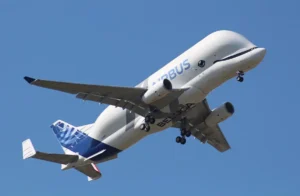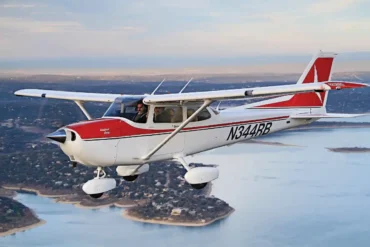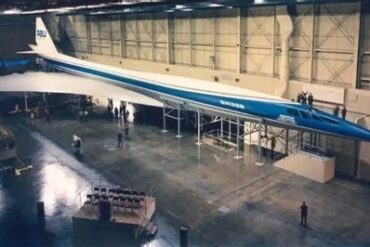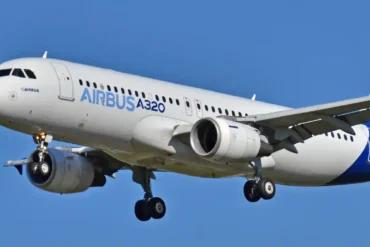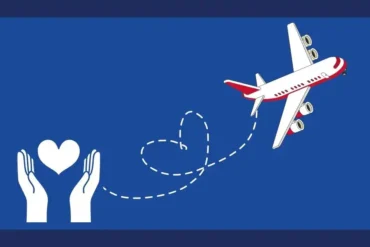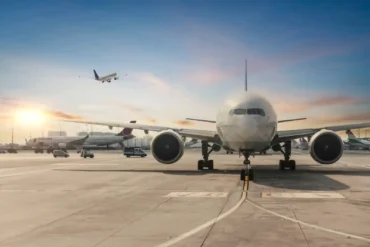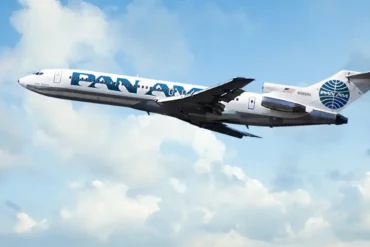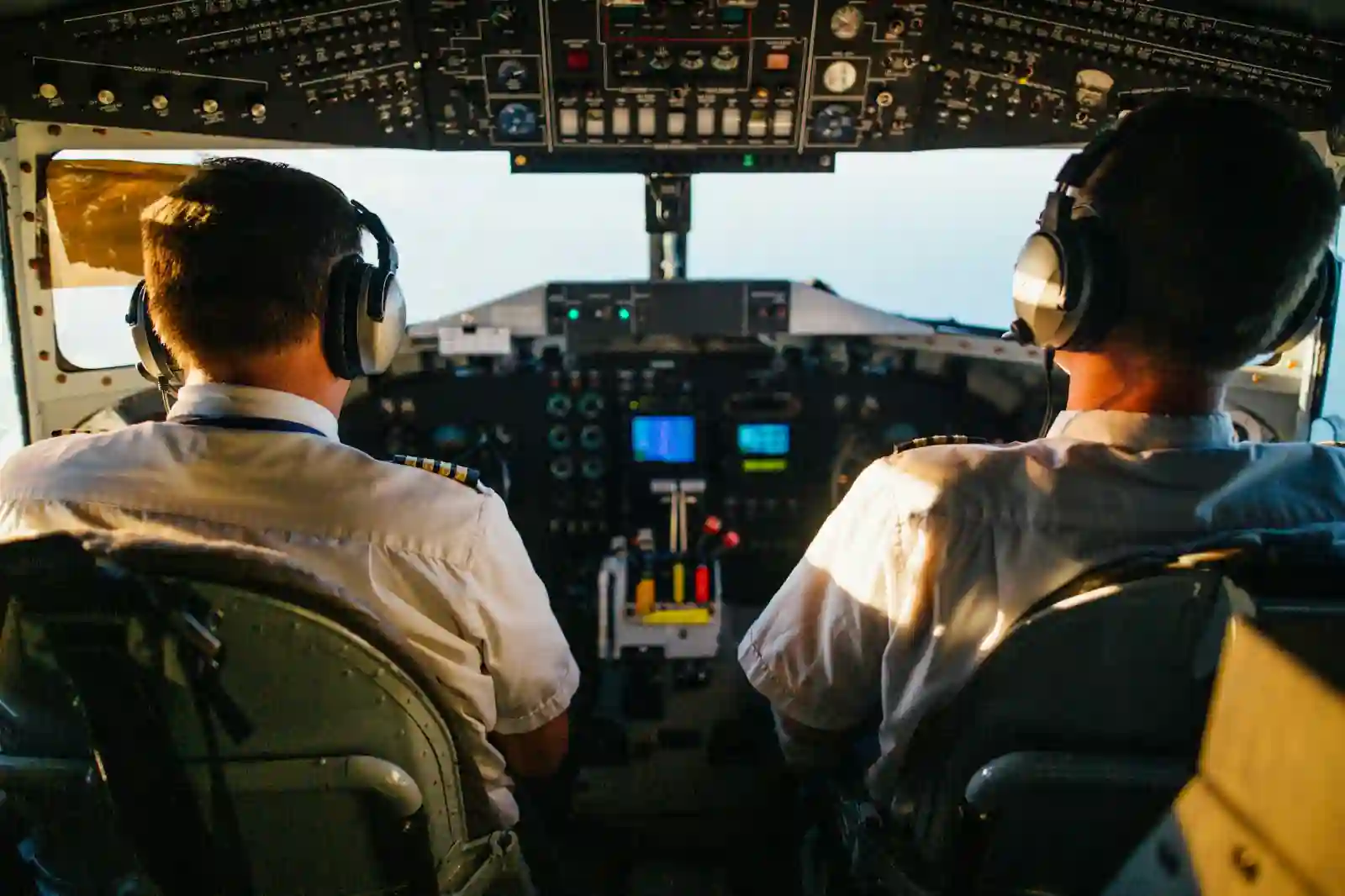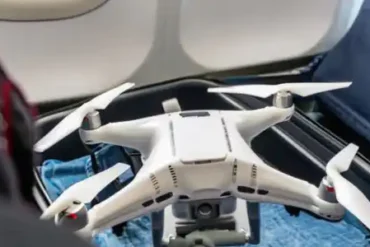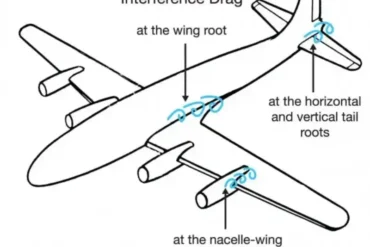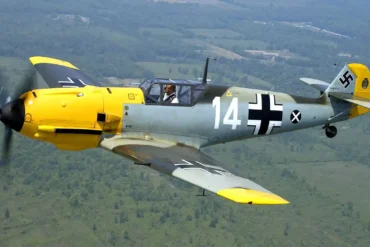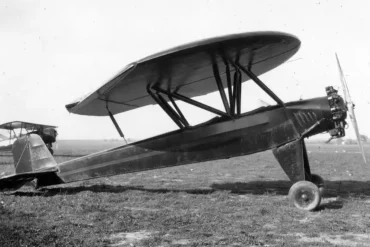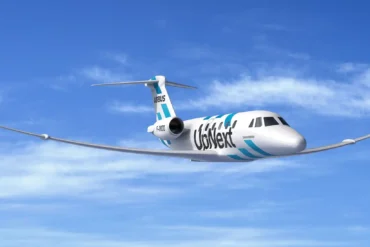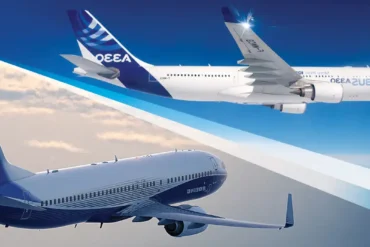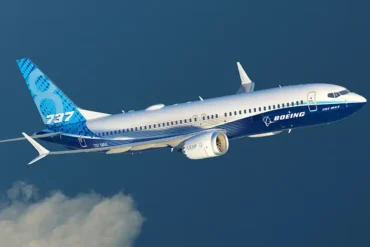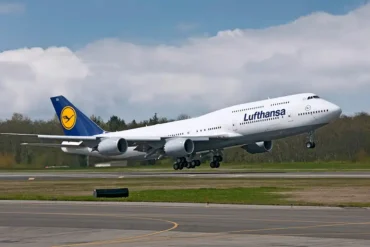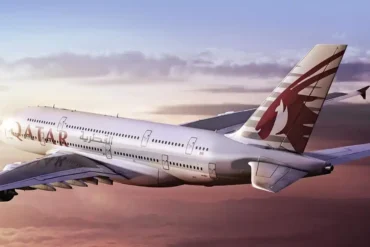Ever heard of a plane that looks like a whale? Well, that’s the Airbus Beluga for you! This funny-looking cargo plane is so popular with airplane fans that it now has its very own airline.
For almost 20 years, the Beluga has been zipping around Europe, carrying airplane parts between Airbus factories. Recently, Airbus made a newer, bigger version of the Beluga. This meant the older ones could start a new job with their own freight airline called Airbus Beluga Transport.
Benoît Lemonnier, who’s in charge of this new airline, says, “Not many planes can carry really big stuff. Usually, you have to take things apart to fit them in a plane, but the Beluga can carry them whole!”
At first, they called it the Airbus Super Transporter. But people thought it looked like a white Arctic whale, so they nicknamed it the Beluga. Airbus liked the name so much, they made it official, calling it the Beluga ST.
The first Beluga took to the skies in 1994 and started working in 1995. Over the next few years, Airbus built four more, with the last one ready in late 2000.
Lemonnier explains, “We made the Beluga to carry big parts of Airbus planes from factories in France, Germany, the UK, Spain, and Turkey to where we put them all together in Toulouse and Hamburg. We took an A300-600 plane and gave it a makeover, changing the whole front part, adding a bigger door, and putting in special flying equipment.”
Before the Beluga, Airbus used planes called Super Guppies. These were old Boeing passenger planes from the 1950s that NASA used to carry spaceship parts. Now, history’s repeating itself as the original Beluga makes way for the bigger, better Beluga XL.
The Beluga XL is bigger and can do more than the ST. It can even carry both wings of Airbus’ newest long-distance plane, the A350, which competes with Boeing’s 787 and 777.
Lemonnier says, “We built the XL using the modern A330 plane as a base. Since 2018, we’ve made six XLs, and the newest one will soon join Airbus’ own fleet. The XL can do all the jobs the ST used to do for Airbus, so now the STs can do something new.”
Even though the original Beluga STs are almost 20 years old, Lemonnier thinks they’ll be around for a while. “If we don’t fly them too much, they could easily keep going for another 20 years,” he says.
One ST will keep working for Airbus, carrying plane parts, while the other four will work only for the new cargo airline.
The Belugas have done jobs outside of Airbus before. “From 2000 to 2010, we sometimes rented them out when we had extra time, using them to carry helicopters and satellites,” Lemonnier mentions.
In 2022, they did a dozen test flights to get ready for the new airline. “Now that we’re our own company, we can be more flexible for our customers. We can change schedules and even wait in one place for cargo — something Airbus’ own airline might not be able to do,” Lemonnier explains.
The Beluga ST is great at carrying big things like satellites, helicopters, plane engines, flight simulators, yachts, and military vehicles. Its cargo hold is 50% taller and 10% wider than regular cargo planes like the Boeing 747-8F.
Flying a Beluga is a bit different from flying a regular plane, Lemonnier says. “It can be tricky to fly in windy weather because of its big front end, so pilots need special training. But in most ways, it flies just like an A300-600, and the cockpit is the same.”
One downside is that it can only fly about 1,600 miles before needing more fuel. This means it has to stop once or twice to refuel when flying between Europe and the United States, usually in the Azores and Canada.
Also, while the Beluga can carry really big things, it can only carry about 40 tons. Other cargo planes like the Antonov AN-124 can carry three times as much, and the AN-225 (which doesn’t fly anymore) could carry a whopping 250 tons!
Gary Crichlow, who knows a lot about airplanes, says Airbus Beluga Transport works differently from regular cargo companies. “Carrying things like helicopters and satellites is very different from delivering packages,” he says. “For example, when you’re carrying a helicopter, you have to fly at a certain height because of how the helicopter is built.”
Crichlow points out that while the Beluga ST can’t carry as much weight as Antonov planes, it has one of the biggest cargo spaces of any plane flying today. “Airbus isn’t trying to be like Amazon Prime,” he says, “but they’ve already paid for these planes over the last 20 years, so it’s a good idea to use them to carry special cargo that other planes can’t.”
